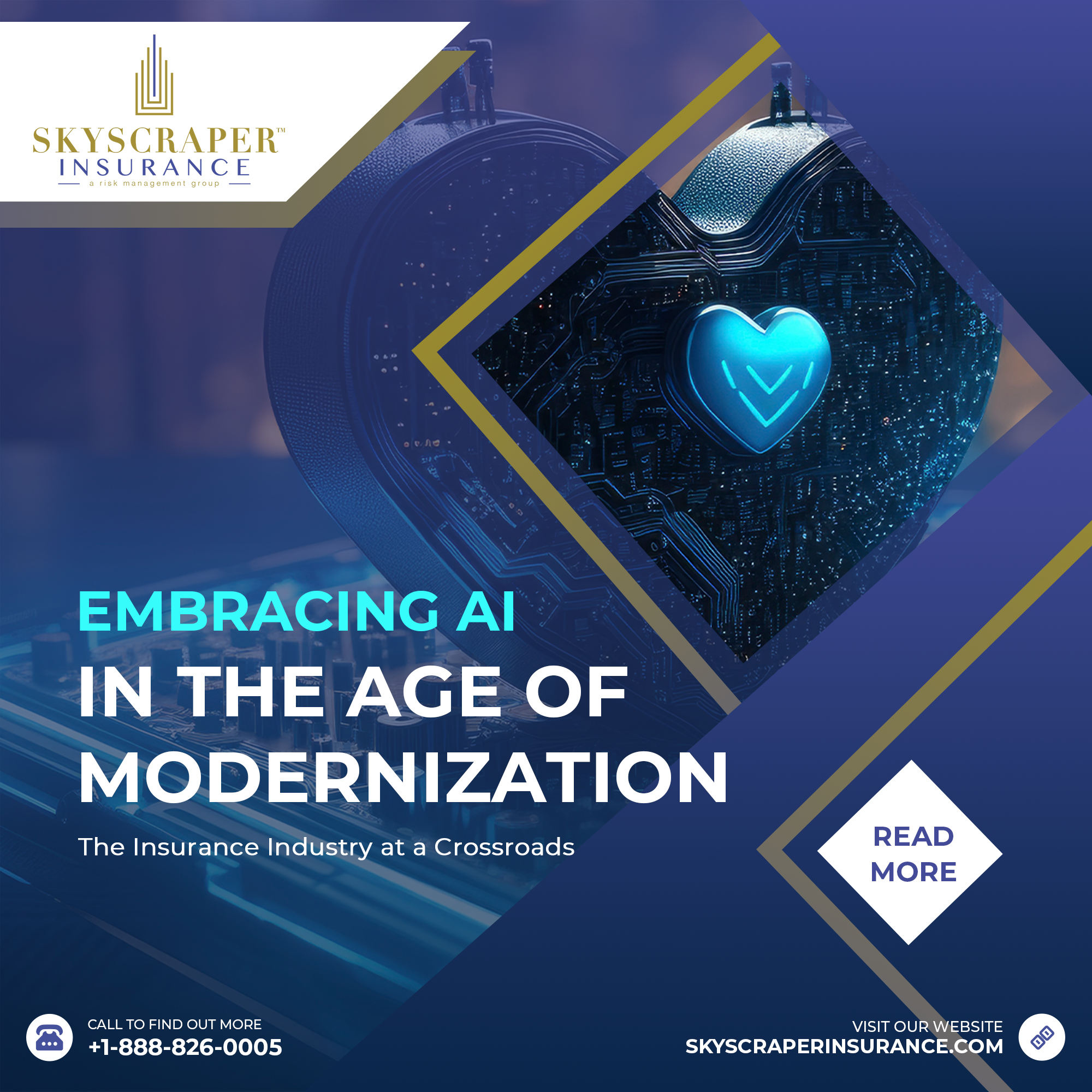A recent industry survey indicates that insurance carriers are at a transformative juncture, with substantial AI adoption projected over the next two years. According to the 2024 Earnix Industry Trends Report, 70% of global insurers anticipate deploying real-time predictive AI models within this timeframe, although currently, less than 30% have adopted this technology.
The operational impact of AI is expected to triple within a year, emphasizing the sector’s recognition of AI’s value in fostering innovation, enhancing operational efficiency, and sharpening its competitive edge in a rapidly evolving market.
Yet, the road to AI integration is not without obstacles. Nearly half of insurers report delays in modernizing legacy systems, underscoring the industry’s struggle with “technological debt.” These outdated infrastructures can hinder insurers’ ability to optimize product development, implement AI-driven analytics, and introduce profitable pricing models — all crucial in an increasingly data-driven landscape.
Furthermore, regulatory demands continue to rise. Over two-thirds of insurers expect to increase their regulatory compliance efforts in the coming year. This heightened focus appears driven by recent compliance breaches, as over half of the surveyed insurers disclosed facing fines or issuing refunds due to regulatory missteps.
Operational speed remains another significant hurdle, with nearly 60% of insurers requiring over five months to implement rule changes, a timeline that could impact their responsiveness to market shifts. Compounding this challenge is the complexity of automated underwriting environments, with 71% of respondents describing their current systems as intricate, managing numerous rules and processes.
Internal collaboration also suffers from the constraints of legacy systems, with fewer than a quarter of insurers reporting consistent team collaboration. Over half of the respondents view their current tech stack — comprising legacy systems, IT platforms, and third-party applications — as an impediment to seamless collaboration and innovation.
Macroeconomic factors such as inflation, climate change, cybersecurity, and economic uncertainties add layers of complexity, prompting insurers to expand their reliance on third-party data sources. Over the next three years, many insurers plan to invest further in data technologies, including IoT, machine learning predictions, telematics, and blockchain.
These findings illustrate the industry’s awareness of AI’s transformative potential, yet underscore the need for a holistic modernization of core systems and processes. Insurers who successfully navigate these technological and operational challenges stand to gain a significant competitive advantage in a rapidly evolving market landscape.




